The Microsoft Decryptor Ransomware is a very harmful infection that could try to lock your screen after you have encrypted your personal files. If you have determined that this malicious threat manipulates your screen, try to restart your computer (use the shortcut CTRL + ALT + DEL, to access a menu that allows you to restart of the PC). Hopefully the screen is released after your PC is started, and will be in a position, to determine the damage caused by this insidious infection. Keep in mind that the harmful Ransomware is still active, and you still need to delete it from your operating system, even if your computer has been released. Although you would probably like to hurry with the removal of the Microsoft Decryptor Ransomware take a few minutes of your time, with this infection to become acquainted, especially if you’re hoping still to restore your files. Continue reading this review, to find out everything you need to know about this threat.
According to our research, the Microsoft Decryptor Ransomware is the latest version of the infamous CryptXXX ransomware. This malware uses no spam E-mail as a primary diffusion in contrast to the Dr Jimbo Ransomware, Pizzacrypts Ransomware and many other infections that we looked at in the past. Instead this Ransomware is spread by anglers of exploit kits, or she could be downloaded by a malicious, insidious Trojan on your computer. Obviously, you need to delete the malicious Trojans in the latter case, and we advise you to use a legitimate malware scanner, to find him first. The infection begins with a DLL file, which is located in a folder with a random CLSID-like name in the % TEMP % directory. If this file is successfully downloaded to the computer, rundll32.exe execution file (which can be found in the %WINDIR%\SysWOW64 directory or %WINDIR%\System32) is used to start it. It is worth noting that rundll.exe folder is copied, which contains the malicious DLL file, and is renamed to “svchost.exe” to confuse you.
Before the Microsoft Decryptor Ransomware begins with the encryption of your personal files, she can remain inactive for a time that depends on the Variant. According to our research, she can remain inactive between 15 and 62 minutes. Once it is activated, this Ransomware uses the RSA encryption algorithm secretly encrypts your files and appends the extension “.crypt” to them. At the same time, a decryption key should be created to allow the decryption of your files. Unfortunately, this key is not provided and the cyber criminals probably save him in a remote server. The harmful Microsoft Decryptor Ransomware not baseless encrypts your files. But the creator of this threat uses encryption as a method to lock your files and to demand a ransom for your release. Here come the claims of the Ransomware onto the battlefield. If your screen of this threat is / was, must have these claims already on the README. BMP file have experienced. In addition, this infection creates a README. TXT file that contains the same claims and statements.
The creator of Microsoft Decryptor Ransomware requires from you, to pay a ransom of 0.2 Bitcoins, and it is said that this amount may increase to 2.4 BTC, if the payment is not received in time. Keep in mind that 1.2 BTC is currently converted to 717 euros. Of course, different versions of this Ransomware could demand the payment of various sums of money from you, but usually the ransom will be most likely to be very high. When you submit payment, you should download the Tor browser, buy Bitcoins, send them to a specific address, and confirm the payment by entering a transaction ID. It’s really not so easy to pay the ransom, but that is the only way for the cybercriminals to remain anonymous. The most important question, whether you pay or not is of course. When you consider that the Cyberschurken could take your money without available to provide a decryption tool, it is recommended not to pay the ransom.
Their files are at risk if she has encrypted the harmful Microsoft Decryptor Ransomware. If there are no backups of your sensitive photos, documents and other personal files, you might take into consideration to pay the enormous ransom. We recommend you first after third-party decryption tools to look around. Keep in mind that there could be also bogus decryption tools, and so you should trust only those that have been tried and tested. If the payment of the ransom is your only option, you consider also, whether your files to lose it, worth the money or the risk. Whatever you decide, you need to delete the Microsoft Decryptor Ransomware from your operating system. Because there may be also malicious Trojans and your operating system is weak, we recommend you to use anti-malware software that can provide a full time protection after you have cleaned your PC. If you want to proceed manually, use the instructions below.
Removal instructions
- Start Explorer (press the Win + Eat the same time).
- Enter % temp % into the address field.
- Open the folder with a CLSID-like name (for example, {C3F31E62-344D-4056-BF01-BF77B94E0254}).
- Right click It to the DLLfile that represents the Ransomware (E.g. med.dll) and delete you them.
- Type % ALLUSERSPROFILE % in the address field.
- Delete You the following files: [unique ID] .bmp, [unique ID] .html.
- Enter %USERPROFILE%\Desktop\ in the address field.
- Delete You the following files: [unique ID] .bmp, [unique ID] .html, [unique ID]. txt.
- Perform a full system scan to check whether there are other infections (E.g. harmful Trojans).
Warning, multiple anti-virus scanners have detected possible malware in Microsoft Decryptor Ransomware.
| Anti-Virus Software | Version | Detection |
|---|---|---|
| VIPRE Antivirus | 22702 | Wajam (fs) |
| Malwarebytes | v2013.10.29.10 | PUP.Optional.MalSign.Generic |
| K7 AntiVirus | 9.179.12403 | Unwanted-Program ( 00454f261 ) |
| McAfee | 5.600.0.1067 | Win32.Application.OptimizerPro.E |
| NANO AntiVirus | 0.26.0.55366 | Trojan.Win32.Searcher.bpjlwd |
| VIPRE Antivirus | 22224 | MalSign.Generic |
| McAfee-GW-Edition | 2013 | Win32.Application.OptimizerPro.E |
| ESET-NOD32 | 8894 | Win32/Wajam.A |
| Kingsoft AntiVirus | 2013.4.9.267 | Win32.Troj.Generic.a.(kcloud) |
| Qihoo-360 | 1.0.0.1015 | Win32/Virus.RiskTool.825 |
| Tencent | 1.0.0.1 | Win32.Trojan.Bprotector.Wlfh |
Microsoft Decryptor Ransomware Behavior
- Shows Fake Security Alerts, Pop-ups and Ads.
- Distributes itself through pay-per-install or is bundled with third-party software.
- Microsoft Decryptor Ransomware Deactivates Installed Security Software.
- Common Microsoft Decryptor Ransomware behavior and some other text emplaining som info related to behavior
- Microsoft Decryptor Ransomware Connects to the internet without your permission
- Microsoft Decryptor Ransomware Shows commercial adverts
Microsoft Decryptor Ransomware effected Windows OS versions
- Windows 10
- Windows 8
- Windows 7
- Windows Vista
- Windows XP
Microsoft Decryptor Ransomware Geography
Eliminate Microsoft Decryptor Ransomware from Windows
Delete Microsoft Decryptor Ransomware from Windows XP:
- Click on Start to open the menu.
- Select Control Panel and go to Add or Remove Programs.
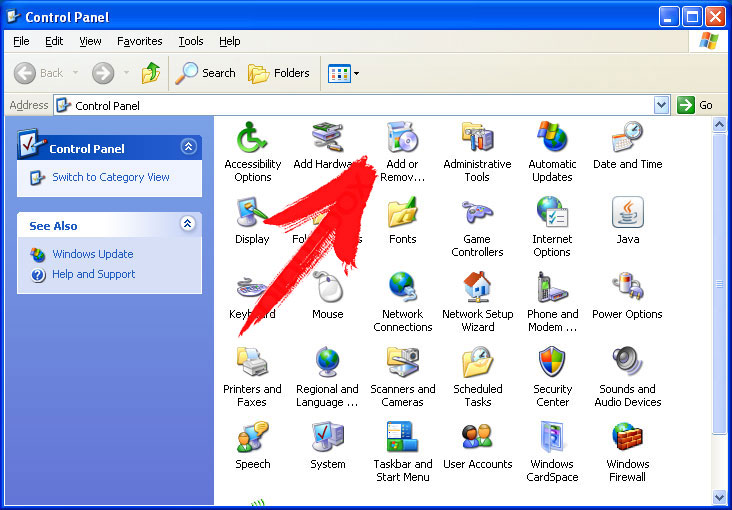
- Choose and remove the unwanted program.
Remove Microsoft Decryptor Ransomware from your Windows 7 and Vista:
- Open Start menu and select Control Panel.
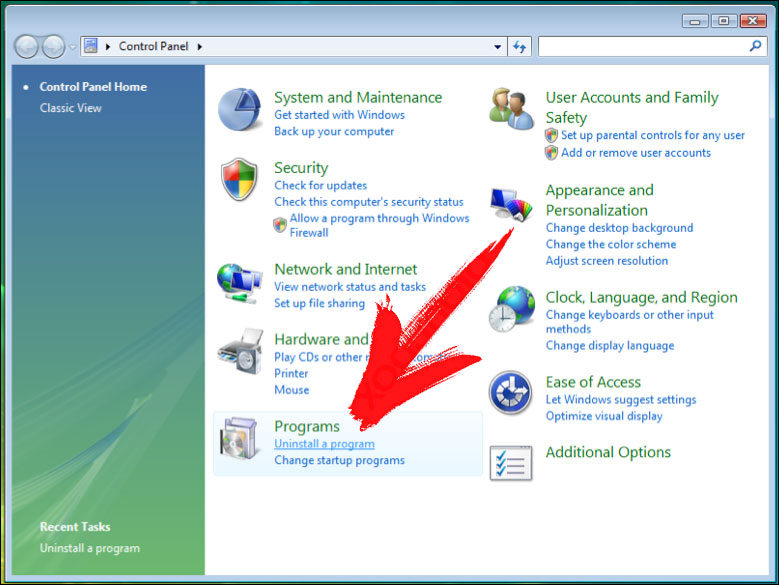
- Move to Uninstall a program
- Right-click on the unwanted app and pick Uninstall.
Erase Microsoft Decryptor Ransomware from Windows 8 and 8.1:
- Right-click on the lower-left corner and select Control Panel.
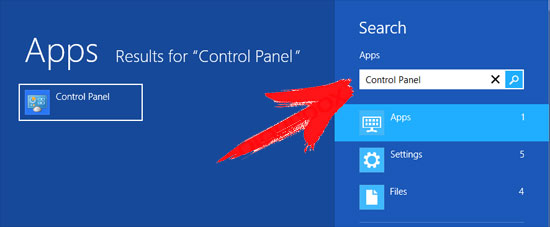
- Choose Uninstall a program and right-click on the unwanted app.
- Click Uninstall .
Delete Microsoft Decryptor Ransomware from Your Browsers
Microsoft Decryptor Ransomware Removal from Internet Explorer
- Click on the Gear icon and select Internet Options.
- Go to Advanced tab and click Reset.
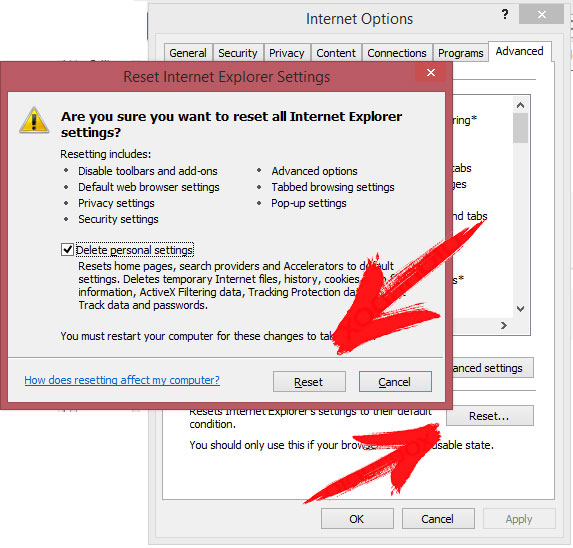
- Check Delete personal settings and click Reset again.
- Click Close and select OK.
- Go back to the Gear icon, pick Manage add-ons → Toolbars and Extensions, and delete unwanted extensions.
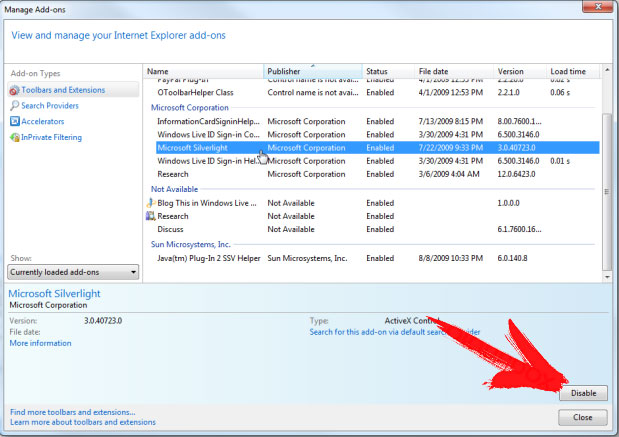
- Go to Search Providers and choose a new default search engine
Erase Microsoft Decryptor Ransomware from Mozilla Firefox
- Enter „about:addons“ into the URL field.
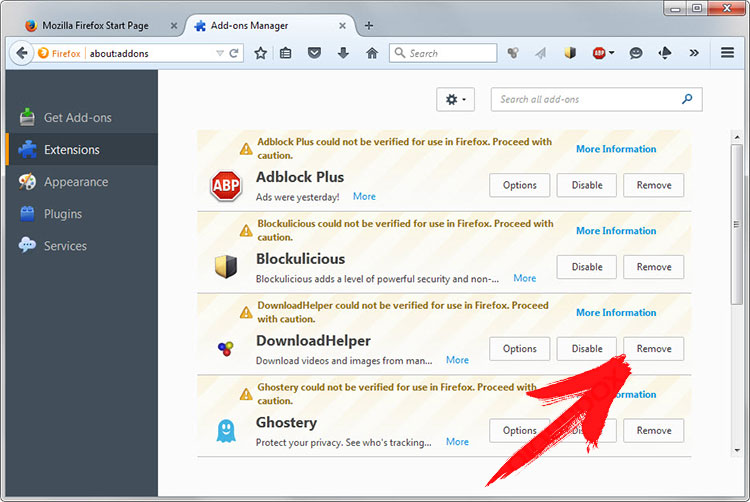
- Go to Extensions and delete suspicious browser extensions
- Click on the menu, click the question mark and open Firefox Help. Click on the Refresh Firefox button and select Refresh Firefox to confirm.
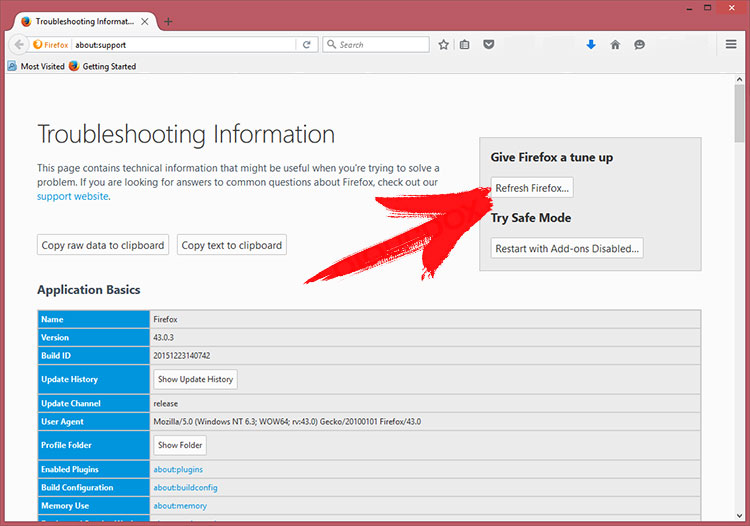
Terminate Microsoft Decryptor Ransomware from Chrome
- Type in „chrome://extensions“ into the URL field and tap Enter.
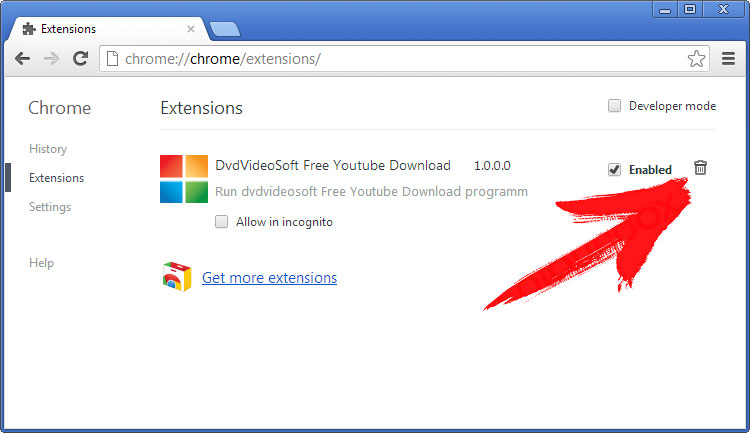
- Terminate unreliable browser extensions
- Restart Google Chrome.
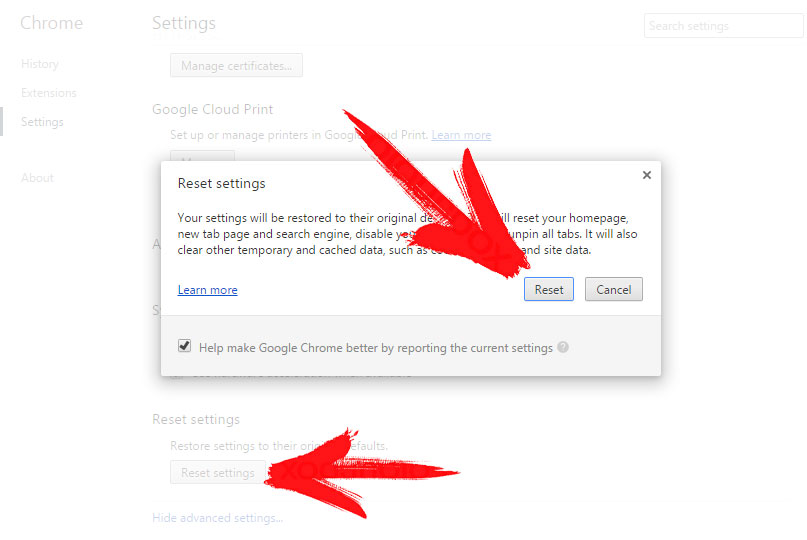
- Open Chrome menu, click Settings → Show advanced settings, select Reset browser settings, and click Reset (optional).